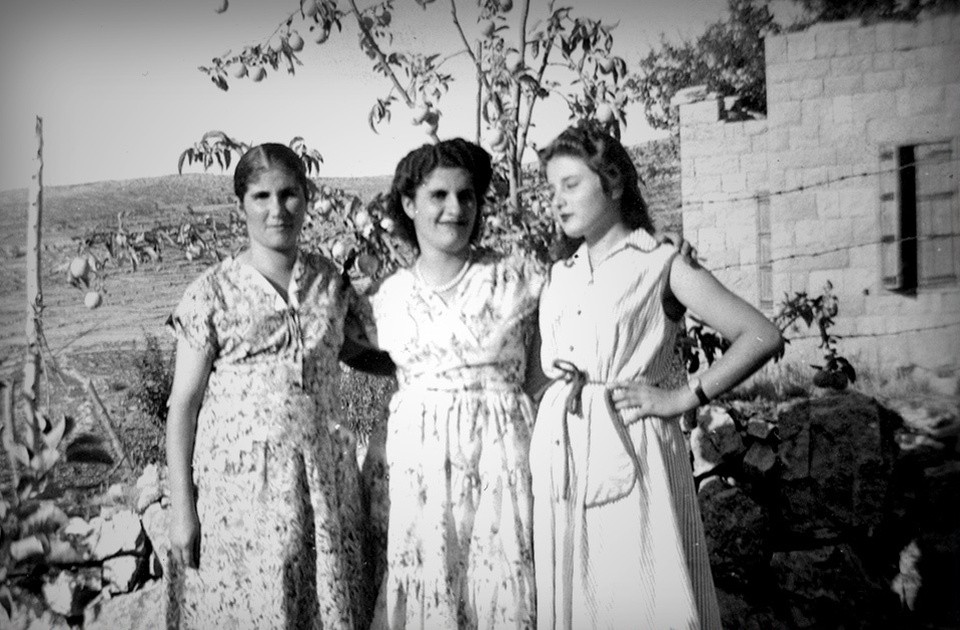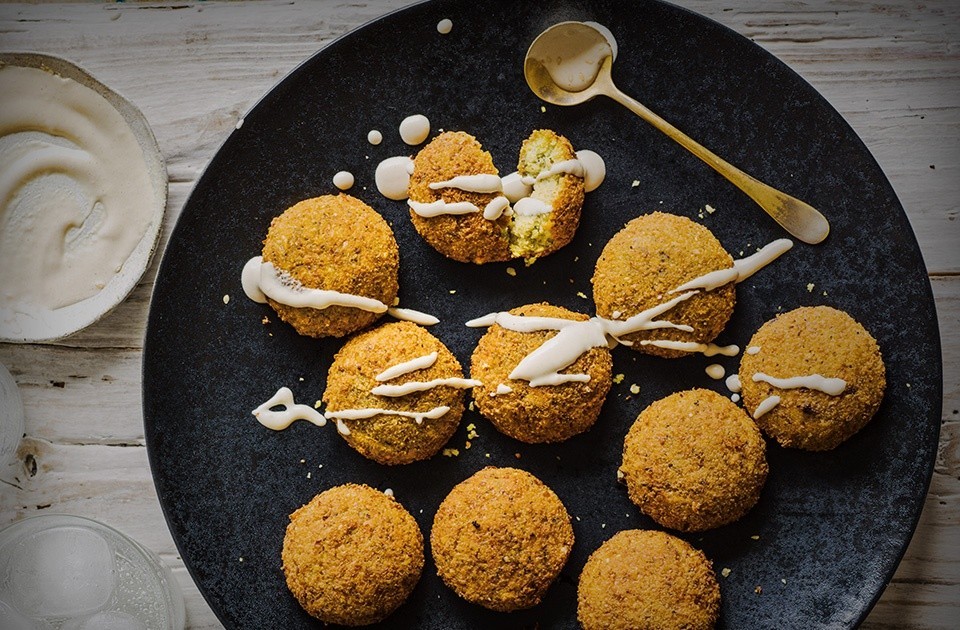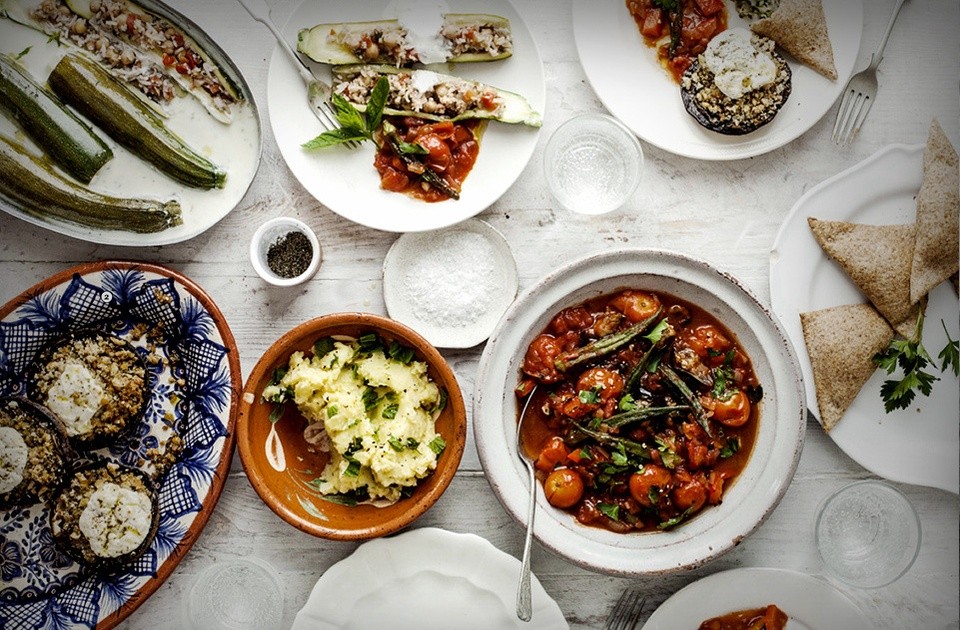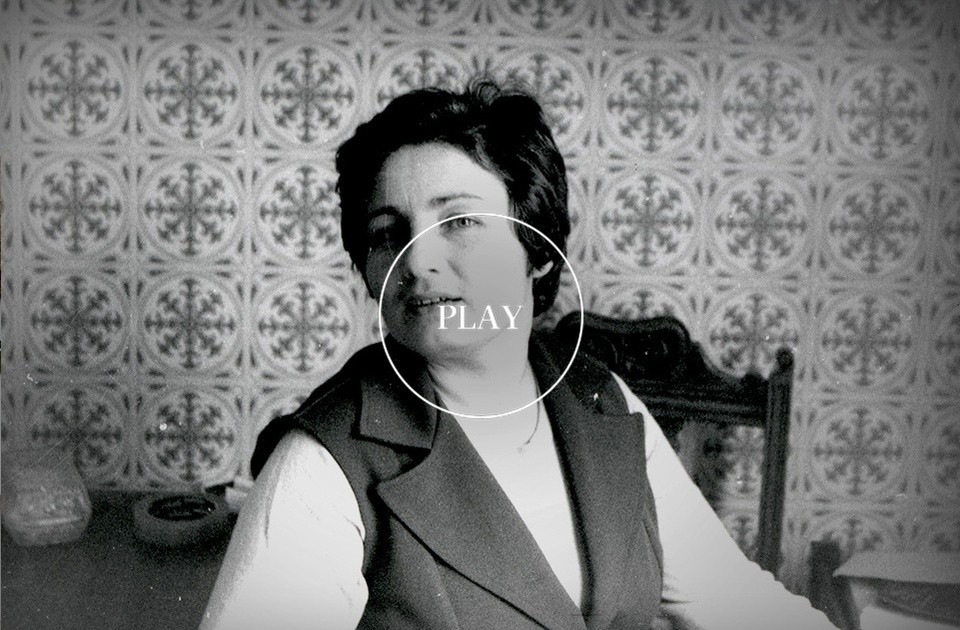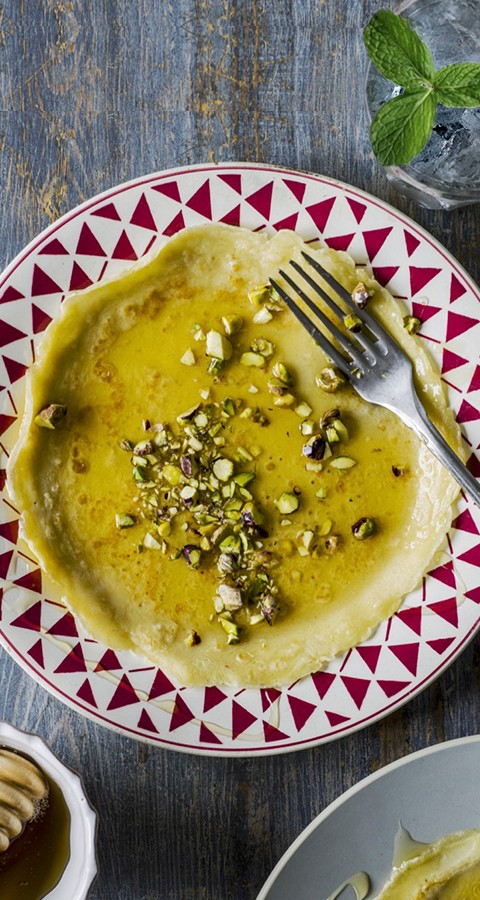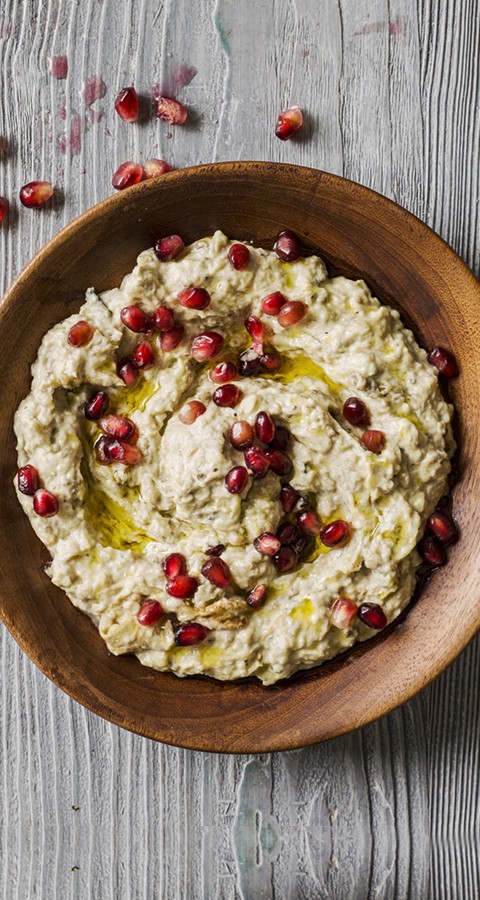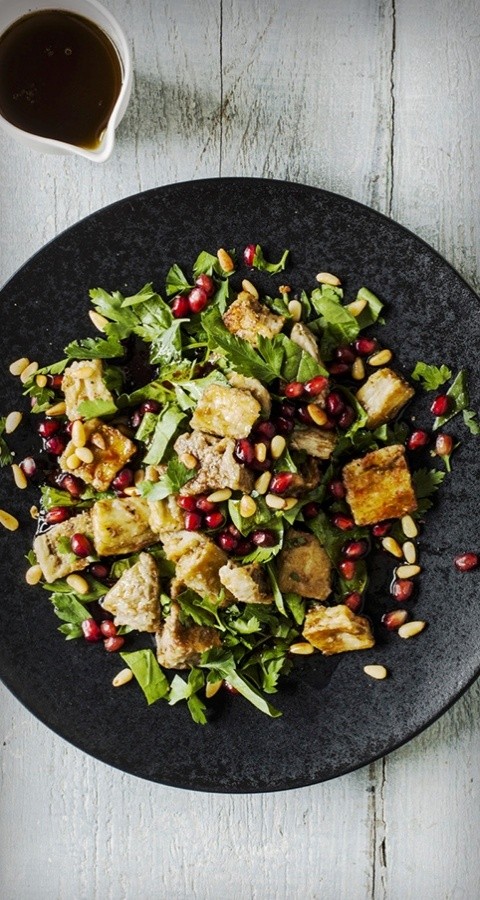“Soulful, traditional family recipes from a Lebanese grandmother who knows her food.” Fran Miller, Acquataste
Following on from Phaidon’s classic home-cooking bibles of national cuisines, which started with The Silver Spoon in 2005 and has continued with 1080 Recipes, Vefa’s Kitchen, I Know How to Cook and India Cookbook, The Lebanese Kitchen is the definitive guide to traditional cuisine from Lebanon.
The Lebanese Kitchenbrings together more than 500 recipes, ranging from light, tempting mezes to rich and hearty main courses.
On the shores of the eastern Mediterranean and a gateway to the Middle East, the food of Lebanon blends textures, colours, scents and flavours from both, and has long been regarded as one of the most refined cuisines in the Middle East.
Many areas produce a range of home-grown fruit and vegetables such as tomatoes, apples, figs, beans, grapes and citrus fruits, and there are many traditional recipes that show the uses that resourceful home cooks have developed to make the most of seasonal produce.
Lebanese food has become increasingly popular in the last few years, and is nutritious and healthy (based on vegetables, oil and pulses and a balanced use of meat), as well as aromatic and tempting.
A combination of old favourites and some inspiring surprises, The Lebanese Kitchen is a must for everyone with an interest in this wholesome and delicious cuisine.

